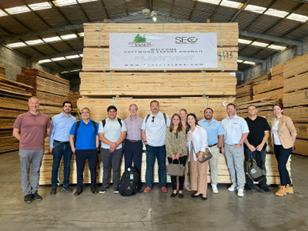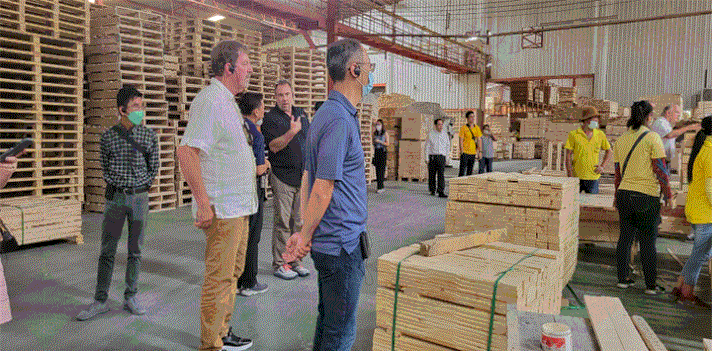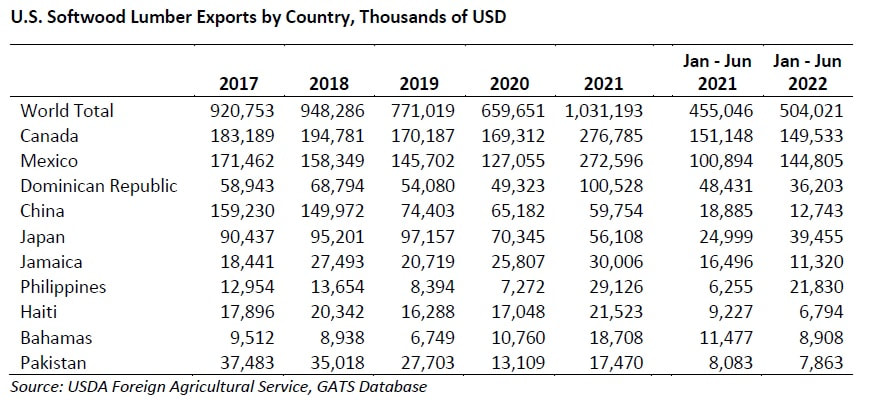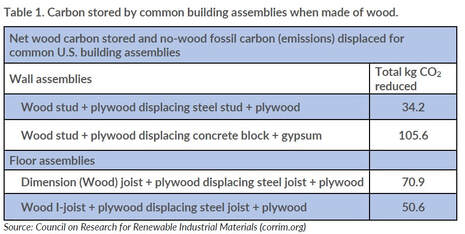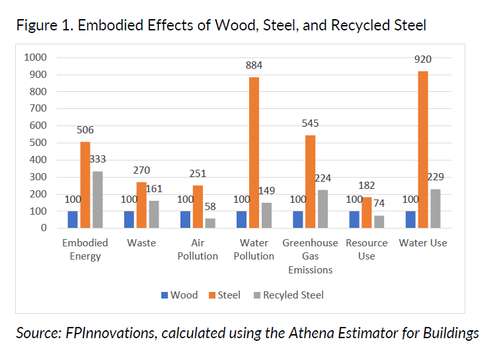During SEC's April 2024 Mexico trade mission, conversations with lumber importers and manufacturers identified a need for clear messaging about the advantages of sourcing lumber from the US. While South American suppliers benefit from their industry's tradition of setting prices for six month or longer terms and their industry cuts metric dimensions to customer specifications, sourcing from the US has several advantages. Fast shipping times and availability of product are attracting buyers who may have traditionally purchased from South America. This fact sheet provides a quick snapshot of the advantages of purchasing softwood lumber from the US.
A downloadable copy is available in Spanish and English.
A downloadable copy is available in Spanish and English.

